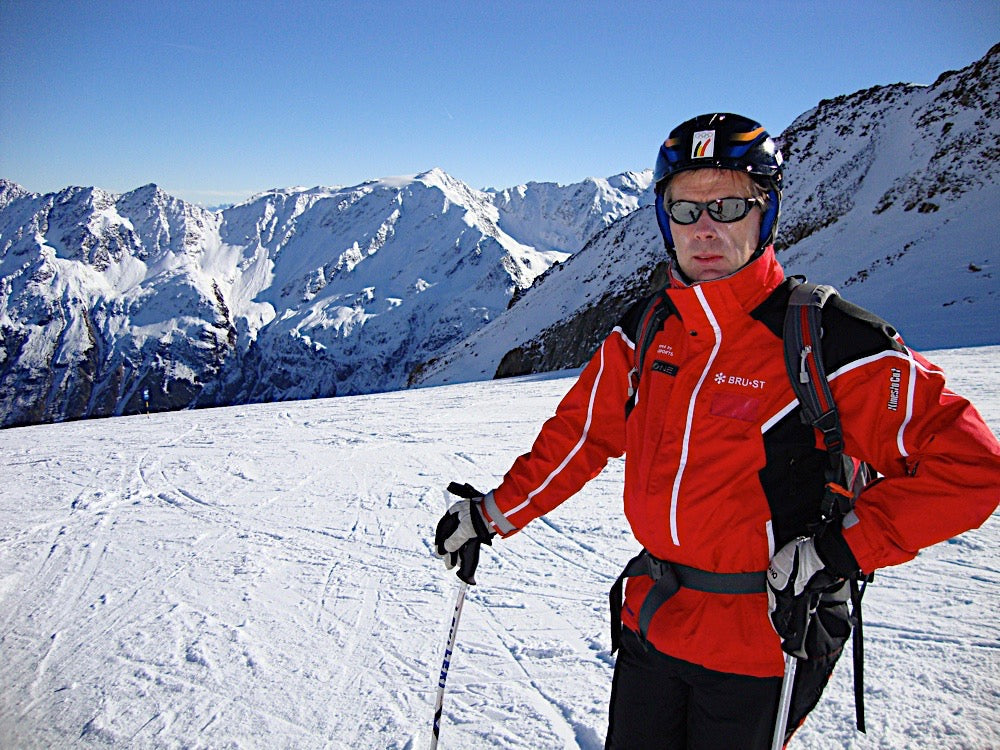The Three basic reasons for wearing goggles
While goggle frames come in all sizes and shapes, they basically have three jobs:
- Protect your eyes
- Keep snow out
- Give you a comfortable sight on the slopes.
1. Protect Your Eyes
Goggles are an essential part of skiing or snowboarding gear to protect your eyes from the elements and injury. These sports expose your eyes to prolonged periods of harsh wind and bright sunlight. Unlike sunglasses, goggles seal your eyes from the cold air, and many goggles come with lenses that block UV light. Goggles protect your eyes from airborne snow and debris and shield them from hazards such as tree limbs and fallen branches. Ski goggles also stay securely on your head at times when sunglasses would fly off. Skiing and snowboarding are sports that require precaution to help keep you safe, and when you can’t see well, you are more likely to injure yourself. Sunglasses are easier to lose. Sturdier and stronger than sunglasses, goggles are more likely to survive falling and crashing, and thus they’re more likely to protect your eyes. Even if your wear contact lenses, it will be fine to wear them while being on the slopes but you should still wear goggles for protection. The problem is you have to deal with the dryness and the tearing that is exaggerated with contact lenses while skiing or snowboarding.

2. Keep snow out
With goggles you have more coverage. Goggles protect a bigger part of your face. They are blocking cold air, snow, and ice particles from pelting you near your eyes. Most goggles have an adjustable strap to hold them tight against your face so that snow can not get into the goggle and thus not into your eyes. Sunglasses are open on the side not able to prevent snow from coming in. Goggles also fit over a helmet making one protective whole for keeping snow out.
3. Enabling a comfortable vision
Regarding enabling your vision on the snow, several aspects come into play like your field of vision, fogging, reducing light intensity and increasing contract.
A wider field of vision. Where sunglasses cover only a portion of your face, the curving in your goggles gives your eyes a full panoramic view.
Less fog. You'll experience foggy lenses whether you wear sunglasses or goggles. As you go down the hill, the air hits your chest and instantly shoots upward, passing in front of your lenses along with your breath, and fogging them up. But you'll deal with less fog wearing double lens goggles since they manage the temperature difference better. Most goggles have vents that allow some air to pass between your eyes and the lenses. But actually the more air flow the better to move hot air away from the body.
Reduce light intensity. When skiing and snowboarding, having good visibility is essential for your safety. Ski goggles are available with a wide a variety of specialized lenses that can help reduce the glare coming off of the snow. This makes it easier for you to see and adds comfort by preventing the need for you to squint against the harsh light, particularly on sunny days.
Increase Contrast. Another factor that contributes to visibility when you’re skiing, or snowboarding is contrast. When you’re on the slopes, the terrain can blend together into a field of white. Wearing colored lenses, however, can add contrast to your view and make bumps and dips stand out more. Amber and rose-colored lenses are ideal for hazy or cloudy days, while brown lenses add more contrast in dimly lit weather conditions and reduce light in sunny weather.

